How survival games get hunger and thirst wrong, and how to fix it


Can you overcome the odds? Brave dangerous environments packed with monsters, mutants, zombies, dinosaurs, or the deadliest enemy of all: other players. Check out the best survival games on PC.
I was about thirty minutes into my first game of Grav, one of many Early Access survival sandbox games, and I was doing all the usual survival sandbox things: exploring, collecting resources, fighting creatures, and crafting weapons and armor. I suddenly realized the things I wasn't doing: starving to death or dying of thirst. In fact, I couldn't even initially tell if there was a hunger and thirst system in Grav at all. There were no icons or meters on my screen to indicate it, and eating and drinking didn't seem to be an actual pressing need in the build I was playing.
In some ways, I found this to be a refreshing change. Having played so many survival games, it was nice to simply focus on exploration, combat, and crafting instead of scrabbling about for food and water. The thing is, hunger and thirst are absolutely critical to survival games, and I realized the reason I was happy to not have to deal with them in Grav was because so many other survival games get them wrong.
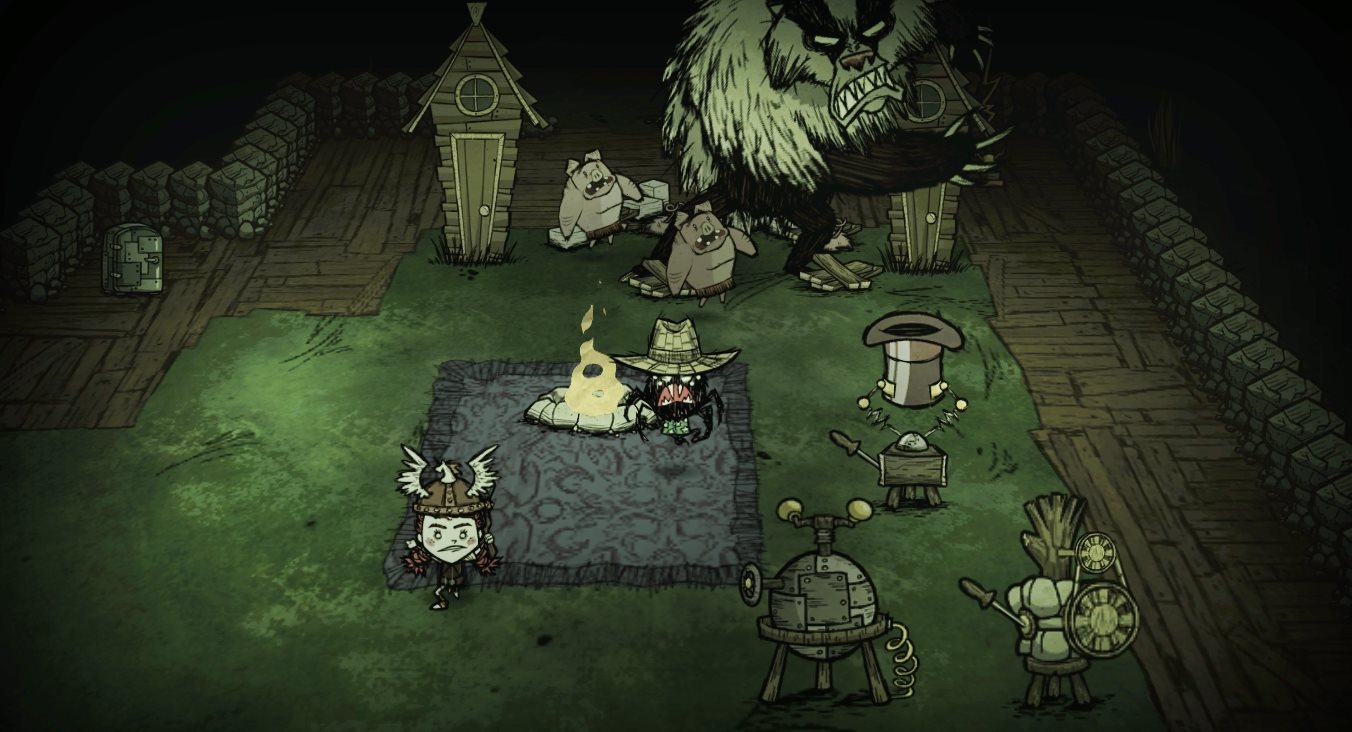
Having a robust, logical, and interesting hunger and thirst system is essential to most survival games. In many games (such as Don't Starve) hunger and thirst are the driving motivators, and in other games they're just two of a number of activities you need to perform to survive. Having to eat and drink can drive players to explore the world, take chances, keep moving, or, in the case of games with farming, establish a home base. Sharing food with other players can lead to friendships and betrayals, or just provide a reason to interact with people or join a group. The threat of starvation and dehydration can create moments of tension and desperation, and force players to make difficult decisions.
When the system is flawed, it drags down all of those wonderful elements and can make a game a real drag to play. Here's how survival games can do a better job with hunger and thirst.
Make it initially forgiving
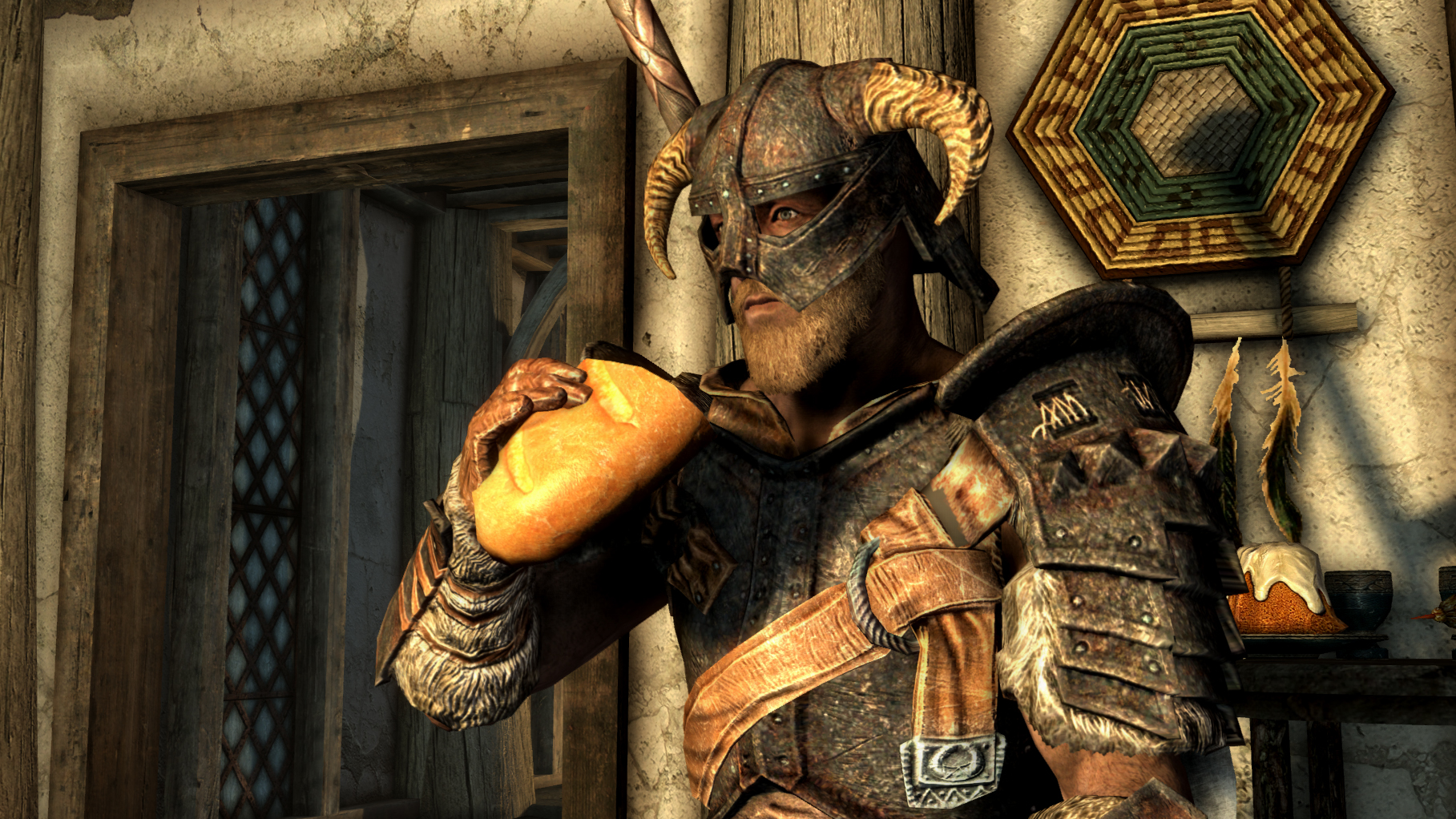
We love games and we love food, and sometimes we'll take an entire week to love them both at once. Check out PC Gamer's Food Week, a celebration of food and games.
Chances are, the survival game you're playing isn't finished. Most survival games begin in Early Access, and while some notable ones (like Ark and Rust) have now fully launched, it can be a span of years where a game is being developed alongside people playing it. With bugs, crashes, unfinished features, and other issues, there's already a lot of things that can drive new players away, and now that refunds can be issued over Steam developers need to worry not just about attracting players but making sure they stick around, in some cases, for years. Why not begin by placing the hunger and thirst system on the forgiving side of the spectrum, even if you eventually plan for it to be a real challenge?
Hunger and thirst need to provide a sense of urgency, but too much urgency can be a bad thing. An early build of TUG required me to eat almost constantly because my hunger meter dropped so quickly. I basically had to run from bush to bush gathering fruit and cramming it into my mouth. At one point I starved to death while holding food in my hand. As a result, I almost immediately lost interest. Starving to death is something that should happen in survival games, but it shouldn't happen constantly and it shouldn't be a roadblock for players who want to see what else the game has to offer.
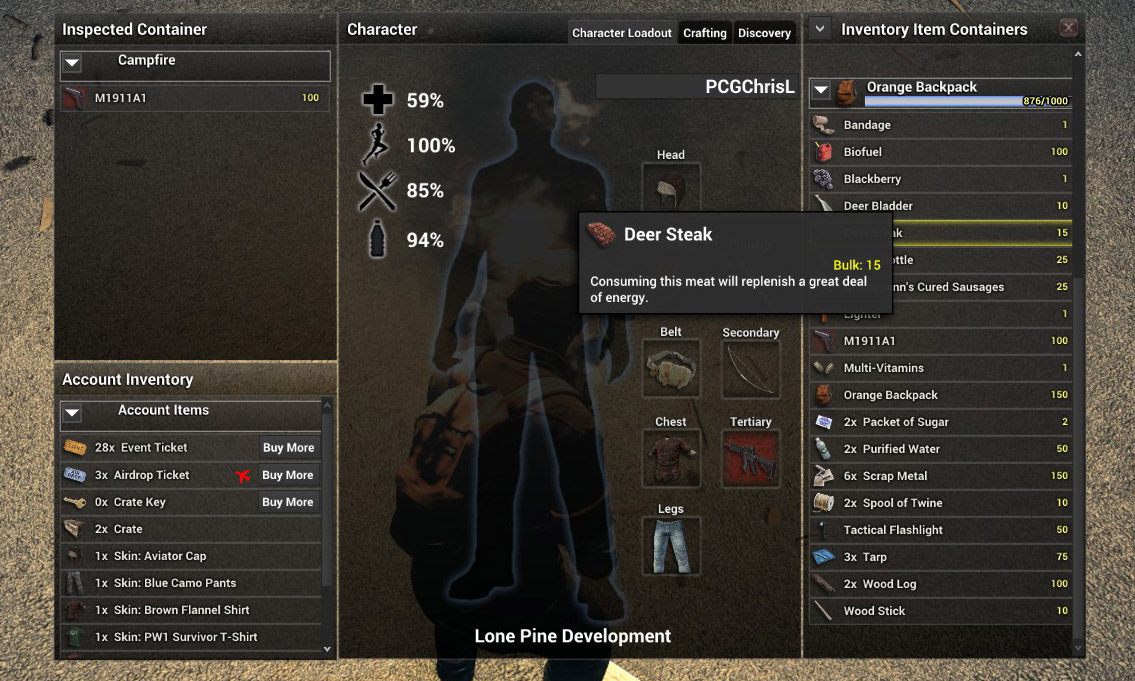
Another game, Unveil, started with me in desperate need of food and water. There was a river nearby, blocked by a line of trees, so I began walking to find a gap. I died of thirst before I could even reach the river, less than thirty seconds after starting the game. When I first played Just Survive (it was then called H1Z1, and never made it out of Early Access—servers will go offline this year) I had a slightly different problem. It was easy to find food and I never found myself in danger of starving, but I still had to eat almost constantly because my food meter depleted so quickly.
Keep up to date with the most important stories and the best deals, as picked by the PC Gamer team.
Systems get tweaked during development, and there's a lot of work and fine-tuning before the perfect balance can be found. A lot of Early Access survival games make hunger and thirst too demanding right out of the gate. Begin with a system that needs to be used but isn't overly punishing or you might chase new players right out of the game. Later, start tweaking it to be more balanced and challenging.
After I've eaten, leave me alone for a while
Hunger meters don't really measure hunger, they measure the time until the player starves to death. This is a fine distinction, but an important one. In some games when you fill your food meter to 100%, it almost immediately drops to 99%. In ARK: Survival Evolved, for instance, you can sit there watching the numbers spin down. In real life, when I eat a meal, I don't immediately begin getting hungry again. It shouldn't happen in games, either.

After I eat, my meter should remain at 100% for good amount of time. There's nothing like a slowly depleting meter on the screen to distract players and make them feel like they should be doing something to fill it all the way back up again. Once I'm full, let me put it food and drink out of my head for a while to do something else with my time.
Scum, the Early Access survival game published by Devolver Digital, has a slightly different issue. While there's a hydration meter that tells you when you need to drink, instead of a hunger meter it displays an energy meter. Energy is a bit tricky to figure out at first, because it doesn't immediately demonstrate the ill-effects of hunger, and even with your meter at zero you can continue to run, jump, fight, and perform every other activity in the game (there's a stamina meter that determines your ability to perform actions). Until you fully understand Scum's energy system (it's explained a bit more here) that energy meter can be puzzling, especially since eating doesn't always make the meter rise back up.
Thirst should be more important than hunger
In survival game Better Late Than DEAD, which I played while it was in Early Access, I felt like the thirst and hunger meters weren't too greedy. They only required a bottle of water and a couple of snacks a day, which gave me time to do something besides look for my next meal. Thing is, the hunger and thirst bars drained at the same rate. This is a mistake for a couple reasons.
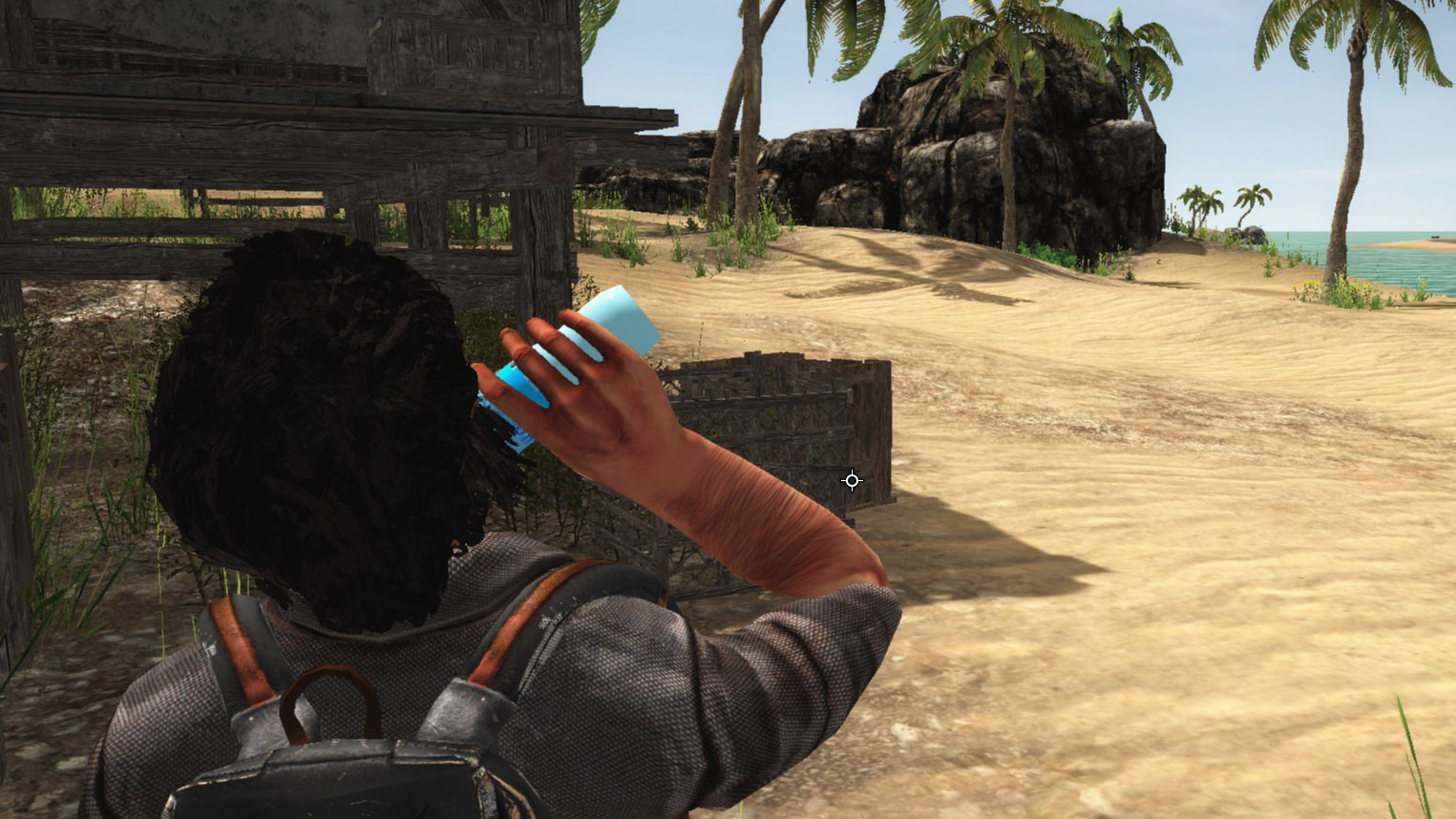
Realistically dehydration will kill you far faster than starvation. Depending on climate and surroundings, humans can die from dehydration within a few days, but can last sometimes weeks without food. Beyond realism, this has an impact on how you play. Since water in survival games can often be found in specific locations (water pumps, rivers, or ponds) players can memorize the best spots for finding water and making semi-frequent trips to those locations will become easier.
Food gathering, on the other hand, may rely on hunting, looting, or foraging, which requires more time and effort (and often random chance) and results in varying degrees of success, especially in online survival games where another player may have collected all the food in the area. That's why the need for food should be less urgent than the need for water.
Don't automatically sync it to the day/night cycle
It feels like a lot of survival games determine the need for meals based on the day/night cycle. This can be a problem because the day/night cycle is almost always accelerated, so an in-game day is only an hour, or a half-hour, or sometimes even less. It may feel logical that players should have to eat and drink based on the accelerated game clock, especially since other systems are accelerated, like healing, crafting, and plant growth.
But tying food and drink to an accelerated day/night cycle means players will be eating several times within a short gaming session. In a lot of games, that's just too often and leaves less time for everything else.
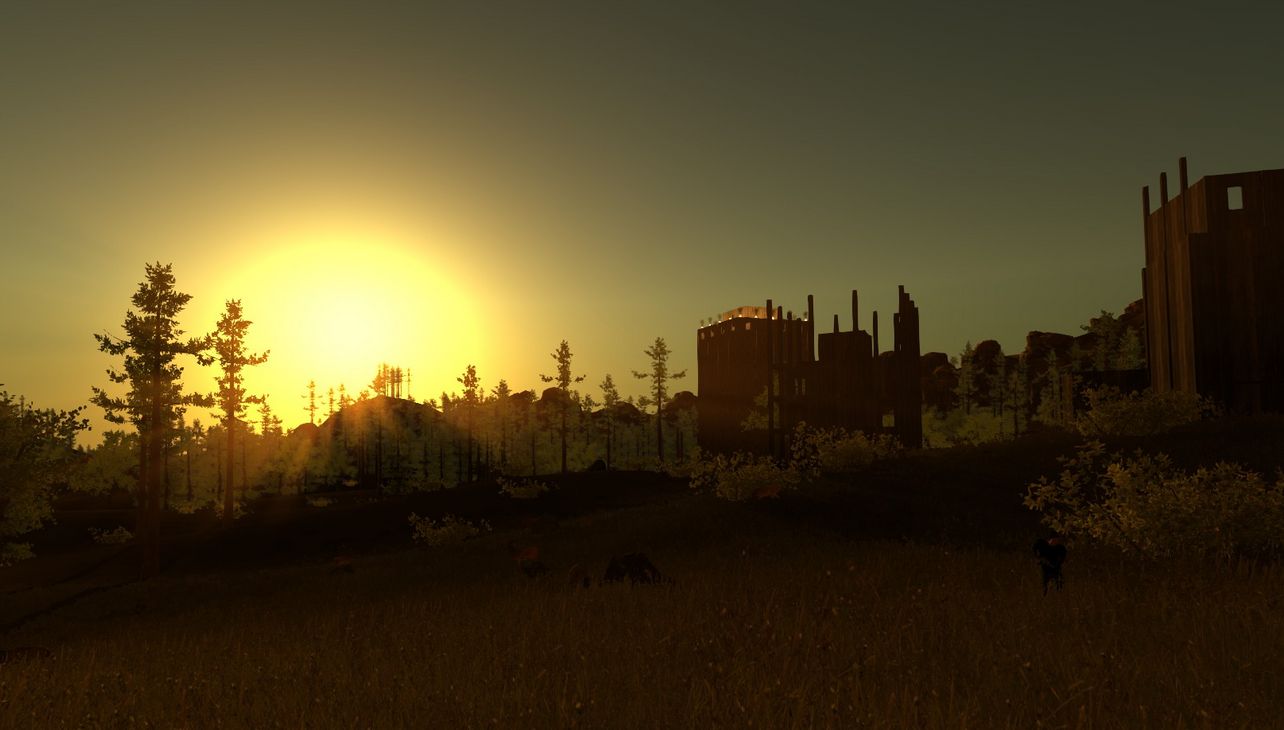
I'm not saying the need to eat and drink should be synced with the real-time clock, because that means players will almost never need to eat. If you play a combined eight hours of a survival game over the course of a real week, that would mean only eating once or twice in-game during that week, and that feels too infrequent. Linking it to in-game time, though, requires too much of your playing time spent gathering and eating meals. For most survival games, it's best to land somewhere in the middle.
Make it interesting, or part of an interesting system
The biggest issue is hunger and thirst often feel like they've been slapped onto a game with very little thought (much like sprint meters). Drink water, become hydrated. Eat food, become full. Stuff something in your face to fill a meter. While it can be nice to have simple systems you don't have to think much about, this doesn't apply to what is essentially the most important system in your game. Do something to make it interesting. Make it something players can get good at by understanding how it works.

DayZ is a good example. Not only are food and water tied into the blood and health system, the food itself has some complexity. Initially you just eat anything you find, but eventually, as you learn more about the food, you start being more selective since each food item has different properties. Some foods take up a lot of room in your belly without providing much nourishment and leaving less room for fluids, others take up less room while providing a good amount of calories, and some are more important because they help immensely with both hydration as well as energy.
This knowledge helps you determine what is best to eat (provided you have a choice) depending on your current needs. It sounds weird, but you can actually increase your eating skills.
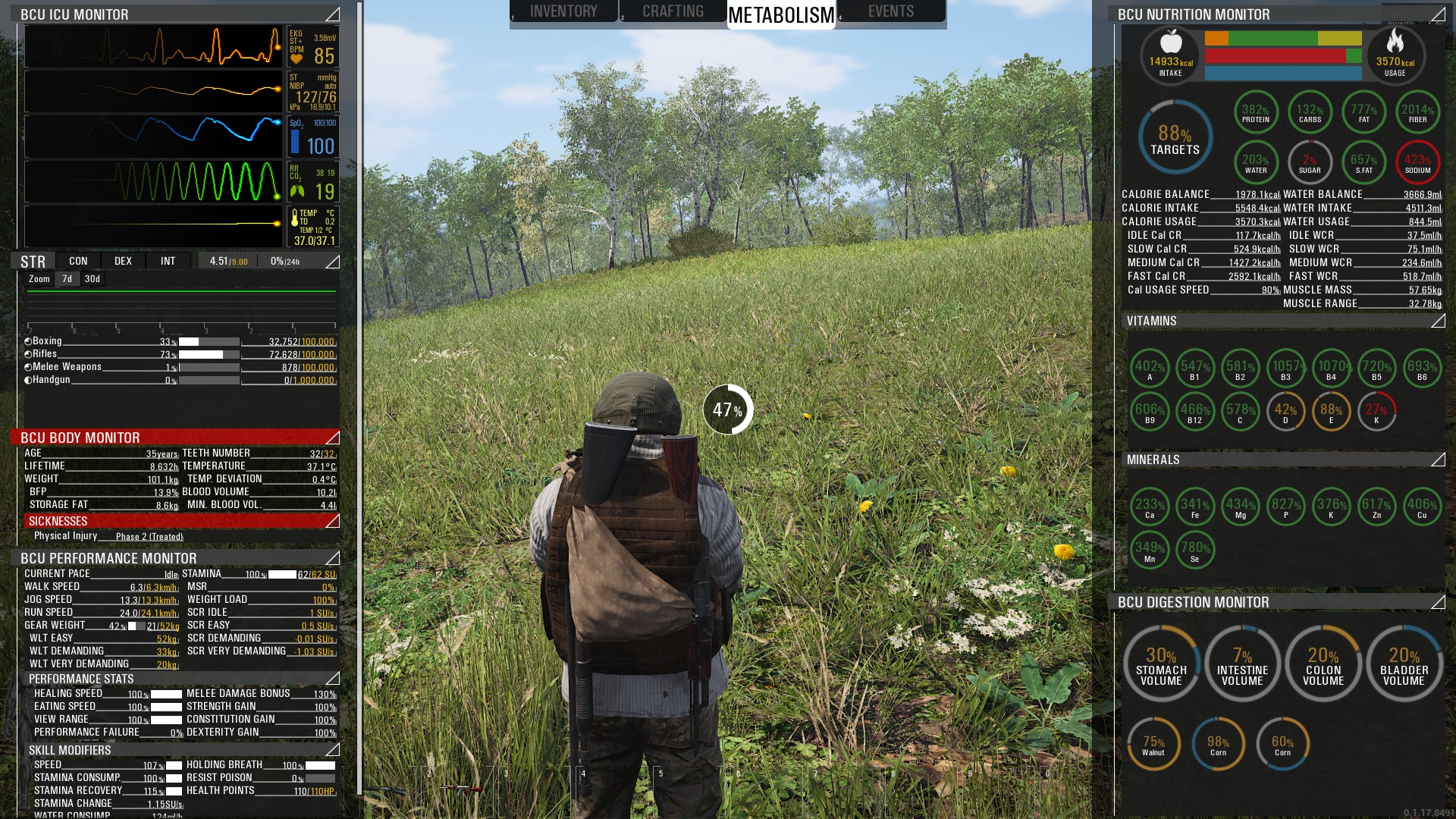
Scum has an extremely detailed system to manage food and water intake, with so many meters and so much information it can feel a bit daunting. The good news is, you don't need to immediately become an expert on vitamins and minerals: you can go ahead and just chow down on the various foods and drinks you find (though keep an eye on your stomach, colon, and bladder volumes, because that food and drink is going to need to leave your body at some point, too).
The system is there if you really want to dig in deep with the numbers, though, and what you eat and drink will have an effect on your character over time. If you're malnourished you'll eventually lose muscle mass and thus strength, which will lower your overall stamina and can have an impact on strength-related skills. Eat too much and you'll gain weight, burn more calories than you take in and you'll slim down, overstuff yourself and you'll barf. You don't have to perform calculations on every meal you have, but there's lots of data available if you're looking for it.
Make it adjustable by players, sometimes
In ARK, if you're playing a single-player game or running your own server, you can fully adjust the hunger and thirst requirements using sliders on the menu (and not just for yourself, but for the dinosaurs as well). If you feel you're spending too much of your time foraging for food and water, you can scale it back a bit, or if you want more of a challenge, you can increase the rate in which your meters are depleted.
This doesn't fit all situations and all games, obviously. Given the option I'm sure a lot of players would simply turn it off, and that will probably make the game too easy or at least remove a lot of the interesting situations that hunger and thirst can lead to. But in single-player modes of Early Access games, I think it's a good idea, especially if your hunger and thirst system is a simple one and the rest of your systems are more complex. It's hard to come to grips with things like crafting, combat, and base-building if you're constantly having to drop everything to find food and deal with other players, and a single-player sandbox where players can learn how the game works before entering multiplayer would benefit from an adjustable hunger and thirst slider.

Chris started playing PC games in the 1980s, started writing about them in the early 2000s, and (finally) started getting paid to write about them in the late 2000s. Following a few years as a regular freelancer, PC Gamer hired him in 2014, probably so he'd stop emailing them asking for more work. Chris has a love-hate relationship with survival games and an unhealthy fascination with the inner lives of NPCs. He's also a fan of offbeat simulation games, mods, and ignoring storylines in RPGs so he can make up his own.

